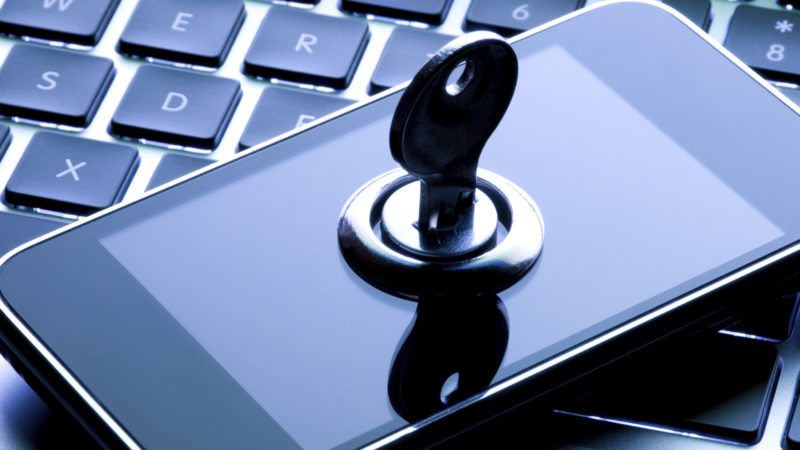When we buy a new phone, we set it up with our Google account (for Android phones) and download apps like WhatsApp, Instagram, Facebook and Twitter. For a device that carries so much of our digital identity, most of us are very casual in the way we handle our smartphones. Within an hour of a phone getting stolen, lost or misplaced, identity thieves can change the password to all our emails and social networking services.
With our smartphone in their possession, they have pretty much everything they need to keep us out of our own accounts. The steps given below can go a long way towards preventing such a disaster.

Set up a lock screen. Use a six-digit passcode to make it harder to guess. To make it even harder, you can add letters and other characters to increase the number of possible combinations. These options are available on both iPhones and Android phones.
On iPhone, turn on the self-destruct feature in Settings, under Touch ID & Passcode. Using this feature, the phone wipes itself clean after ten failed attempts. However, the ten attempts apply to your guesses, too. Android also comes with a similar feature.
Biometrics such as fingerprint and iris scanners can act as a shortcut and make complex passcodes less painful.
Use encryption. iPhones running at least iOS 8 offer full-disk encryption by default. This means that the information stored on the phone cannot be extracted and read on another computer. If the phone is not unlocked first, any information obtained would be scrambled and unreadable.
With Android phones, however, you have to turn this feature (Encryption) on in Settings. According to Google’s policy, phones running the latest version of Android offer encryption by default.
Set up device finders. Activate Android Device Manager on your Android smartphone. Like Encryption, this can be found under Settings > Security or under Settings > Privacy. Check to make sure that it is working properly by signing in to your Google account on android.com/devicemanager. The online dashboard will display your handset’s location on a map, and will also give you the option to activate its ringer remotely to help you trace it if it is in your vicinity.
If you lose your device, you can lock its screen remotely with a new password. Android Device Manager lets you send a message to the phone’s lock screen, along with an alternative number to the person who might have found your phone. If all else fails, you can remotely erase the device data so, at least, your digital identity is not compromised.
Use Find My iPhone option for an iPhone. If your device disappears, you can put it in Lost Mode, which locks your screen with a passcode, if it is not already locked, and lets you display a custom message with a phone number to help you get it back.
Activation Lock feature makes it harder for thieves to sell your device. The phone becomes unusable—it cannot be reactivated—without knowing its Apple ID. The feature kicks in automatically on phones running at least iOS 7.
Set up remote access. Even after setting up Android Device Manager you might not be able to locate, call or erase the data on your handset remotely if the thief has switched it off or replaced your SIM card. For a more robust solution, consider an app like Cerberus anti-theft. This paid app prevents thieves from powering down your phone from the lockscreen, and sends SMS alerts to an alternate number with your device’s location, even after the SIM card has been changed.
Back up your phone. Always back up your data so that even when you upgrade to a new device, you do not lose your data.
Keep your software up to date. Software updates contain fixes to known flaws that might give hackers a way into your device. On iPhones, Apple prompts you to get the updates.
It is slightly more complicated with Android because updates need to go through various phone manufacturers and wireless carriers first. But install the updates as soon as you get alerts to do so.
File an FIR. It is important to promptly file a complaint with your local police station. For this, you require the IMEI number of your handset. You will find this printed on a sticker on the back of your phone, or in the original box packing.
Alternatively, use your phone’s dial pad and press *#06#. A copy of the police report is required by your service provider in order to provide you with a new SIM for your phone number.






